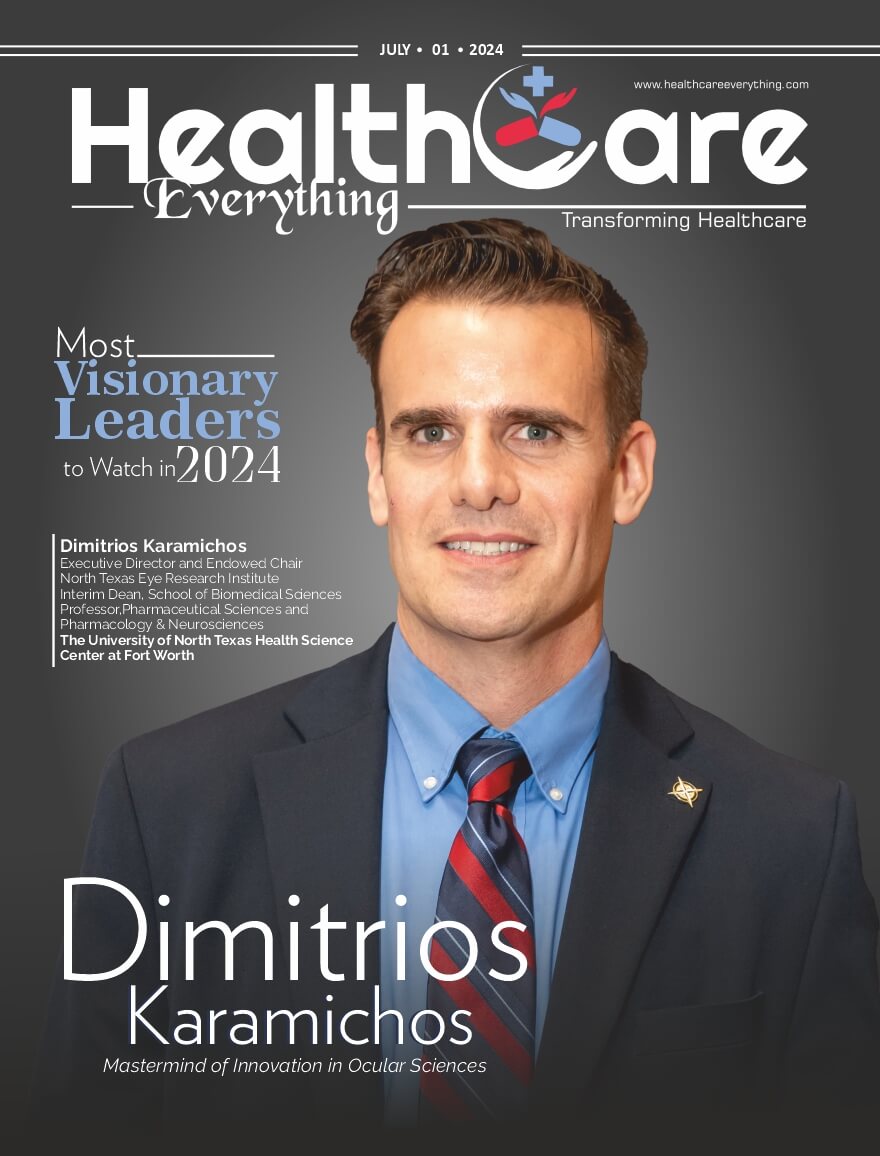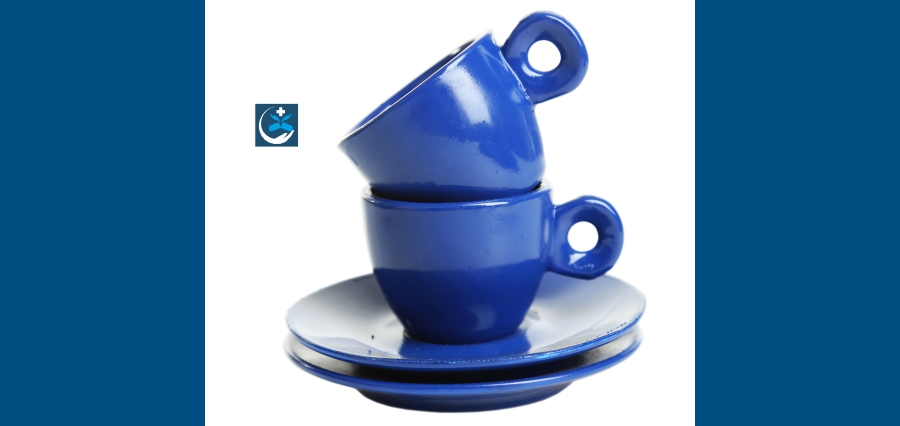The COVID-19 pandemic is the most horrifying period for humans worldwide, the healthcare landscape underwent a significant and groundbreaking transformation. Hospitals and healthcare facilities faced an immense challenge as they dealt with the surge in cases. The strain on healthcare resources was minimal, with healthcare workers showing immense dedication and resilience in the face of overwhelming demand. Bed capacities were stretched to their limits, and makeshift field hospitals were set up to accommodate the influx of patients. The healthcare workforce, comprising doctors, nurses, paramedics, and support staff, worked tirelessly around the clock to provide care to those affected by the virus. The severity of the situation prompted a collective effort from both public and private healthcare sectors, as well as the government. Amidst the global pandemic, the healthcare landscape is undergoing a profound transformation. The fusion of healthcare with digital technology has brought about a revolution that is redefining patient care, access, and engagement. With the advent of digital health innovations, a new era of connected care is dawning upon us, promising to reshape post-pandemic healthcare delivery.
In this blog let’s explore the advancement in healthcare due to the infusion of technology and discuss the future scopes.
Discovering Connected Care:- The era of digitalization began in the realm of healthcare with the attack of COVID-19, innovations have emerged as the cornerstone of the healthcare industry’s response to the challenges posed by the pandemic. As patients needed care while trapped in lockdowns and social distancing, virtual health solutions rapidly gained traction. Telemedicine, remote monitoring, wearable devices, and health apps are just a few examples of the tools that have paved the way for connected care. Telemedicine is one of the most efficient and clever techniques. It bridged the gap between the patient and the doctor so that healthcare and support were available to patients in the comfort of their homes, overcoming geographical barriers and reducing the burden on traditional healthcare facilities. The convenience of telemedicine has led to increased patient engagement, quicker diagnosis, and more efficient management of chronic conditions.
Introduction of Wearable Technologies:- Wearable technologies have emerged as invaluable tools, harnessing accurate data from the body through the utilization of biosensors. These devices, ranging from fitness trackers to smartwatches, are seamlessly integrated into the fabric of daily life. They diligently gather real-time information on essential signs, physical activity, sleep routines, and more. This amalgamation of wearable technology with healthcare empowers individuals to actively engage in monitoring their well-being. This process is not only effortless but also notably efficacious. The harmonious convergence of wearable technology and healthcare marks a transformative shift. Patients are now equipped to play an active role in health surveillance, bridging the gaps between medical appointments. The beauty lies in its simplicity and efficiency, affording a dynamic partnership between individuals and their healthcare providers. By harnessing the insights derived from wearable devices, healthcare practitioners are equipped to formulate tailored care strategies. These strategies emphasize preventative measures and timely interventions, thereby nurturing a culture of well-being. As wearable technologies continue to advance, they have the potential to reshape healthcare management, forging a path toward more personalized and proactive health experiences.
Remote Patient Monitoring:- Necessity is the mother of invention, a patient requires constant monitoring that was being obstructed due to social distancing. For patients living with chronic conditions, remote patient monitoring is a game-changer. Connected devices transmit critical health data to healthcare professionals, allowing for timely adjustments to treatment plans. This level of proactive care not only improves patient outcomes but also alleviates the strain on healthcare facilities. It empowers patients to actively manage their health and fosters a sense of partnership between patients and healthcare professionals.
User-Friendly Digital Apps:- In contrast to wearable technologies, these user-friendly digital apps offer the convenience of tracking nutrition, exercise routines, mental well-being, and even medication schedules. Essentially, they usher in a new era where health and wellness apps have made health information and resources accessible to all. By advocating for healthy lifestyle choices, these apps assume a pivotal role in preventing and managing diseases. Moreover, they extend their benefits to healthcare practitioners, aiding them in efficiently monitoring their patients’ dietary habits, physical activity levels, and mental well-being. In essence, these apps are revolutionizing the way healthcare is approached, placing the power of information and management in the hands of individuals. This empowerment fosters a proactive approach towards health, transforming patients into active participants in their well-being journey. On the other side of the spectrum, healthcare professionals can harness the data collected by these apps to tailor treatment plans more effectively. As we embrace this digital revolution in healthcare, we are witnessing a collaborative effort between technology and medicine, shaping a healthier and more informed society.
Conclusion
As technology continues to evolve, the heart of healthcare remains in the hands of compassionate professionals who embrace change for the betterment of patient lives. Digitalization is incredibly helpful during and after the COVID-19 period. As we navigate the post-pandemic world, the future of healthcare is undeniably intertwined with digital health innovations. While the potential of connected care is immense, it’s not without challenges. Digital health innovations raise concerns about data privacy, security, and equitable access, particularly for vulnerable populations. Ensuring that technology benefits all segments of society remains a critical consideration. Additionally, the rapid pace of technological evolution requires healthcare professionals to embrace continuous learning and adaptation. Connected care, driven by digital health innovations, is propelling healthcare into a new era of accessibility, personalization, and empowerment. Virtual consultations, wearable technology, remote monitoring, and health apps are not just tools; they represent a huge shift in how healthcare is delivered and experienced.







